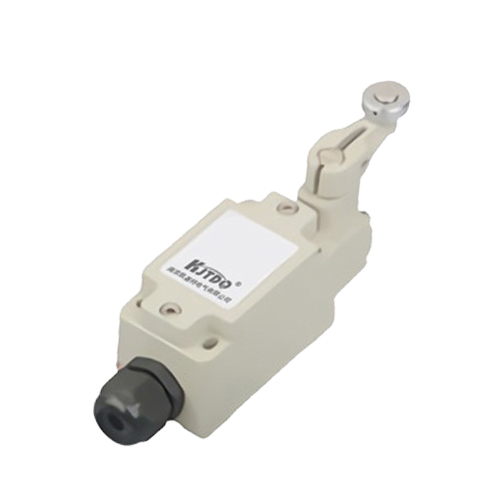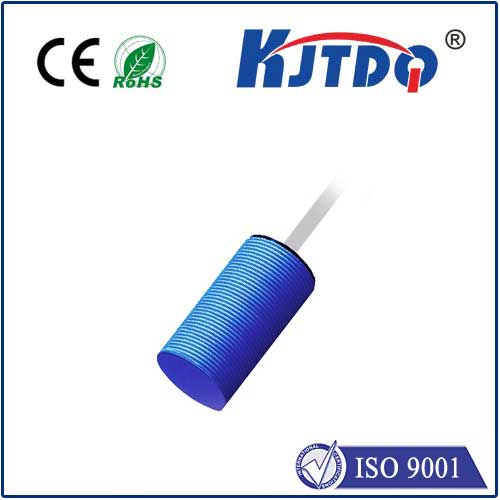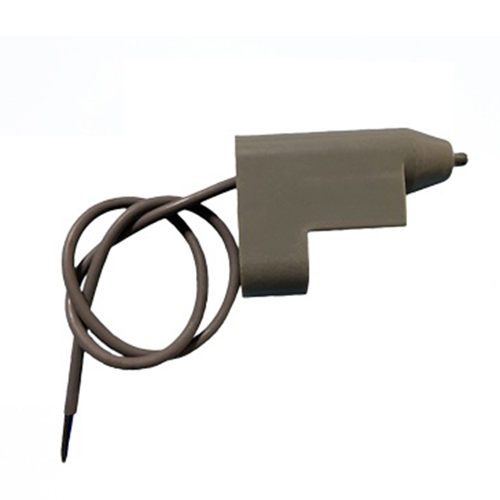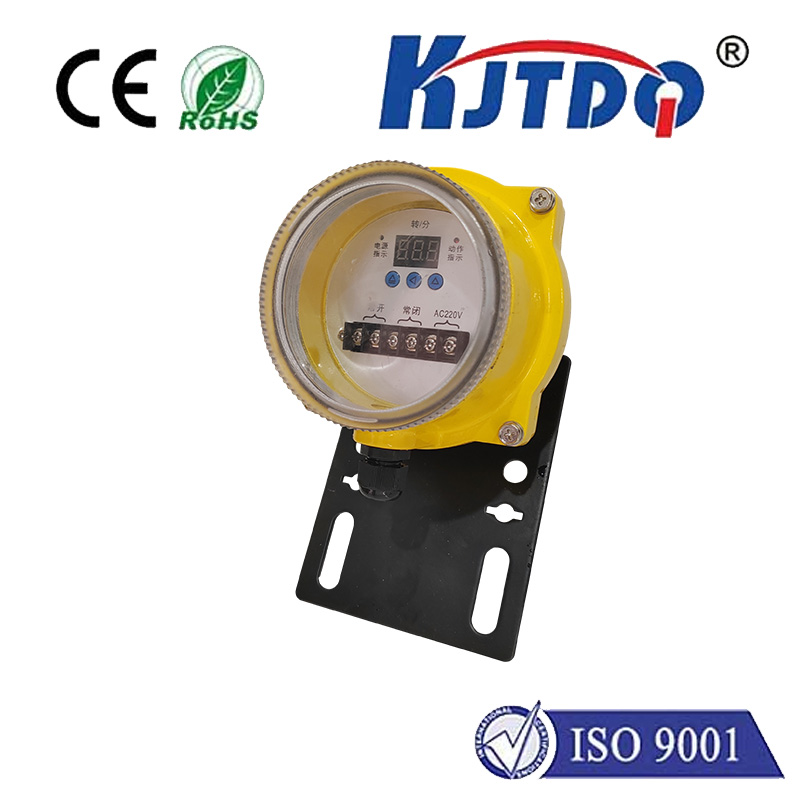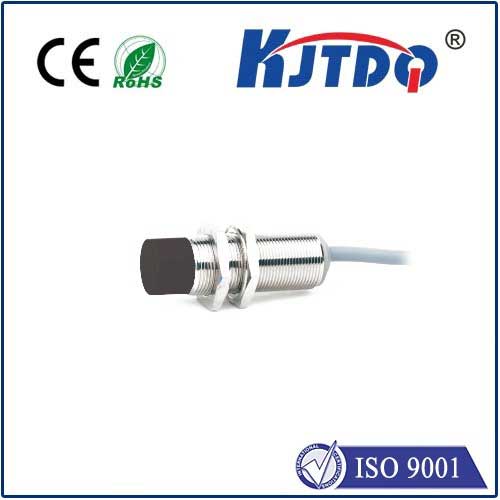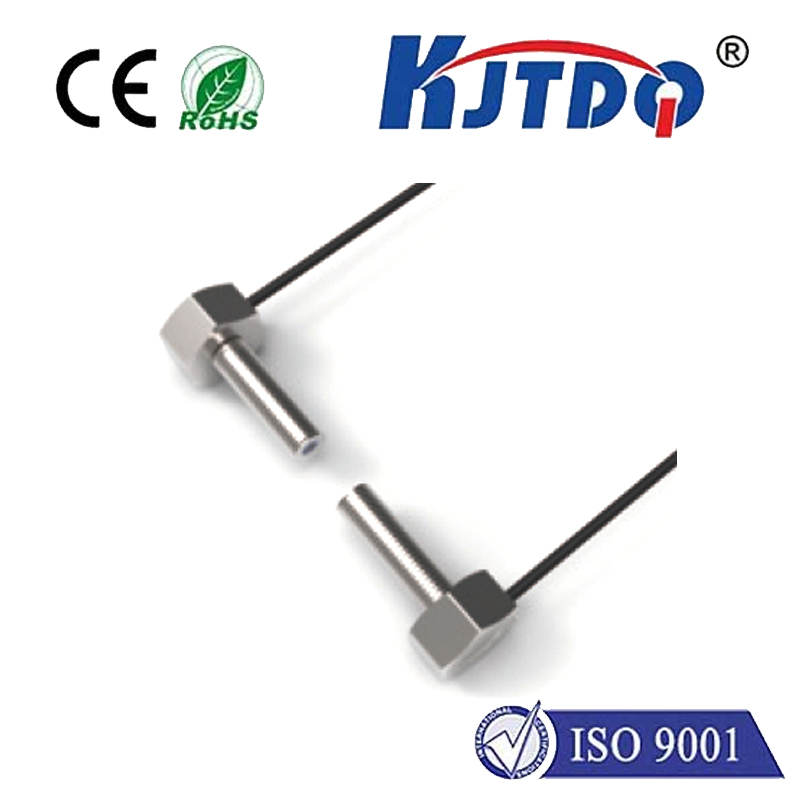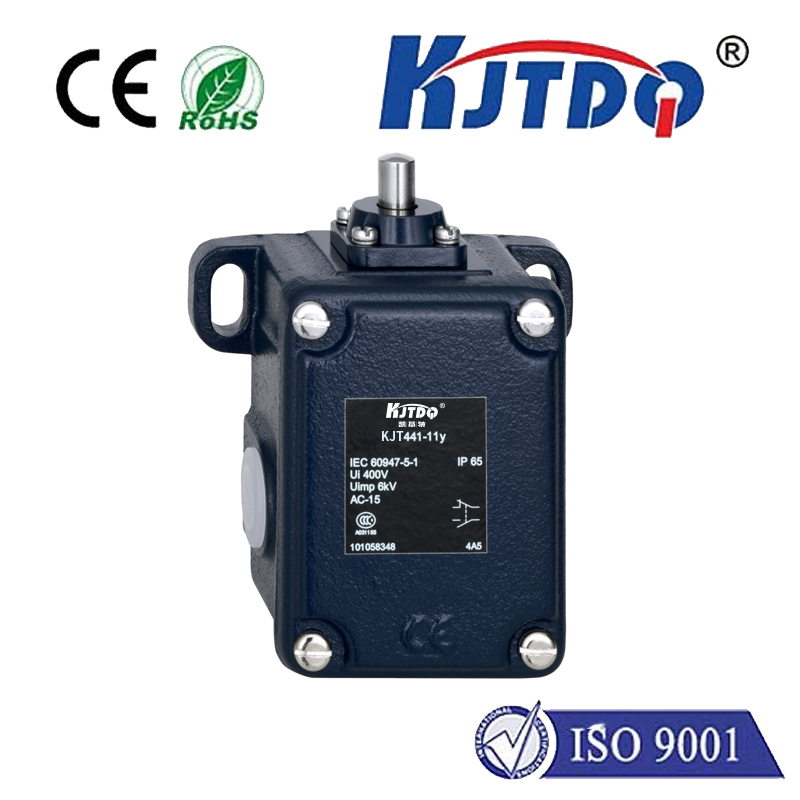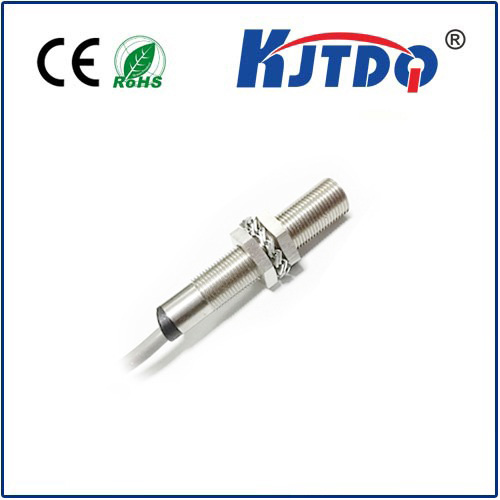approach sensor
- time:2025-07-09 03:31:23
- Click:0
Approach Sensors: The Smart Technology Revolutionizing Object Detection
We interact with technology constantly where objects seem to magically respond to our presence. Your smartphone screen dims when held to your ear. A door slides open as you approach the grocery store. An elevator knows not to close if your hand is in the way. This invisible intelligence is often thanks to a critical component: the approach sensor. These unsung heroes of automation silently detect presence, proximity, or motion, enabling countless modern conveniences and industrial efficiencies. Let’s delve into the world of approach sensors, understanding how they work and why they are indispensable.
At its core, an approach sensor is a device designed to detect the presence, absence, or proximity of an object without requiring physical contact. This non-contact sensing is its defining characteristic and primary advantage. Instead of bumping into a physical switch, the sensor uses various physical principles to “see” or “feel” an object coming near. The two most prevalent types are:
- Inductive Sensors: These reign supreme in industrial settings for detecting metallic objects. They work by generating an electromagnetic field around their active face. When a metal target enters this field, it induces tiny electrical currents (eddy currents) within the metal, disturbing the sensor’s own electromagnetic field. The sensor detects this disturbance and triggers an output signal. Their immunity to dirt, dust, oil, and non-metallic objects makes them incredibly robust for harsh factory environments – reliably counting metal parts on a conveyor or confirming a machine fixture is in position.
- Capacitive Sensors: Think of these as detecting changes in an electrical field’s capacity. They can sense a much wider range of materials, including metals, plastics, wood, liquids, powders, and even the human body (think touchscreens). They project an electrostatic field. When any material with a different dielectric constant (ability to hold an electrical charge) enters this field, it alters the capacitance. This change is detected and converted into an output signal. This versatility makes them ideal for level detection in tanks (liquids or granules), detecting non-metallic objects on lines, or even presence detection through thin non-metallic barriers.
Why Approach Sensors are More Than Just Convenient Switches

While replacing physical limit switches is a fundamental use, the value proposition of approach sensors extends far beyond:
- Enhanced Reliability & Longevity: Without moving parts or physical contact, approach sensors are inherently less prone to wear, mechanical failure, and contamination issues compared to mechanical switches. This translates to dramatically reduced downtime and maintenance costs, especially in demanding continuous operation settings.
- Increased Speed & Precision: Detecting objects without contact allows for much higher operating speeds. They can sense objects moving rapidly on conveyors or robotic arms where a mechanical switch would be too slow or impractical. Their detection range and repeatability offer precise positioning feedback.
- Robustness in Harsh Environments: Sealed housings (often rated IP67, IP68, or IP69K) allow inductive and capacitive sensors to perform reliably in environments plagued by dust, moisture, high-pressure washdowns, extreme temperatures, or corrosive chemicals – conditions that would quickly disable mechanical components or optical sensors obscured by grime.
- Versatile Applications: Their non-contact nature opens up applications impossible for mechanical switches. Detecting fill levels inside sealed containers (capacitive), sensing tiny or fragile objects without applying pressure, high-speed counting on production lines, or ensuring operator safety by creating invisible protection zones around machinery (light curtains often use principles akin to optical approach sensors) are prime examples.
- Improved Safety: Approach sensors are fundamental to safety-critical applications. They form the backbone of safety light curtains guarding dangerous machinery, detect personnel in restricted areas, confirm guards are closed before operation, or trigger emergency stops if an intrusion is detected – preventing accidents proactively.
Key Applications Driving Demand
The unique capabilities of approach sensors make them ubiquitous:
- Industrial Automation: The undisputed powerhouse application. Used for object detection (position, presence, absence), precise positioning feedback on CNC machines and robots, part counting, jam detection, verifying cylinder positions, controlling conveyor starts/stops, and monitoring fill levels in tanks or hoppers. Inductive sensors dominate metal detection, while capacitive handle plastics, liquids, and granular materials.
- Automotive Industry: From assembly lines (positioning car bodies, detecting components) to the vehicles themselves. Approach sensors enable keyless entry systems (detecting key fob proximity), automatic trunk opening, blind spot monitoring, parking sensors, and even contribute to airbag deployment systems by sensing occupant position.
- Consumer Electronics: Capacitive sensing is the technology behind touchscreens, touch-sensitive controls on appliances, and proximity detection in smartphones (turning off the screen during calls). This is the most visible interaction point for many users.
- Packaging & Material Handling: Detecting packages on conveyors (regardless of material), confirming case sealing, monitoring stack heights, controlling sorting gates, and ensuring pallets are correctly positioned. Sensors ensure smooth logistics flow.
- Building Automation: Powering automatic doors and gates, controlling lighting based on occupancy (PIR motion sensors are another approach sensor type), and managing elevator operations safely and efficiently.
- Security Systems: Used to detect intrusion near windows or doors (vibration or proximity types), sense unpermitted access to areas, and activate alarms.
Selecting the Right Approach Sensor: Key Considerations
Choosing the optimal sensor requires careful thought:
- Target Material: Metal? Plastic? Liquid? Human? This immediately narrows down the field (Inductive vs. Capacitive primarily, or potentially Ultrasonic).
- Detection Range: How far away does the object need to be detected? Sensor specifications clearly list nominal sensing distances (Sn).
- Operating Environment: Temperature extremes, moisture, dust, chemicals, potential for physical impacts? The sensor’s IP rating and housing material (e.g., stainless steel) are crucial.
- Output Type: What signal does your control system need? Common options include PNP (sourcing), NPN (sinking), NO (normally open), NC (normally closed), or analog outputs (like 4-20mA or 0-10V) for distance measurement.
- Switching Frequency: How fast are the objects moving past the sensor? The sensor’s response time must be adequate.
- Size and Mounting Constraints: Physical space limitations dictate the sensor’s form factor and mounting style (flush, non-flush, threaded barrel, rectangular).
The Invisible Engine of Modern Automation
Approach sensors, particularly the robust inductive proximity switch and versatile capacitive proximity sensor, are fundamental components powering the seamless interaction and automation we increasingly rely on. They work tirelessly behind the scenes without physical contact, offering unmatched reliability, speed, and adaptability across industries from high-volume manufacturing to smart buildings and our own pockets. Their ability to detect presence and proximity intelligently is truly revolutionizing how machines interact with the physical world, driving efficiency, enhancing safety, and enabling smarter, more responsive systems. As automation continues to advance, the quiet sophistication of the approach sensor will remain at its very core.






